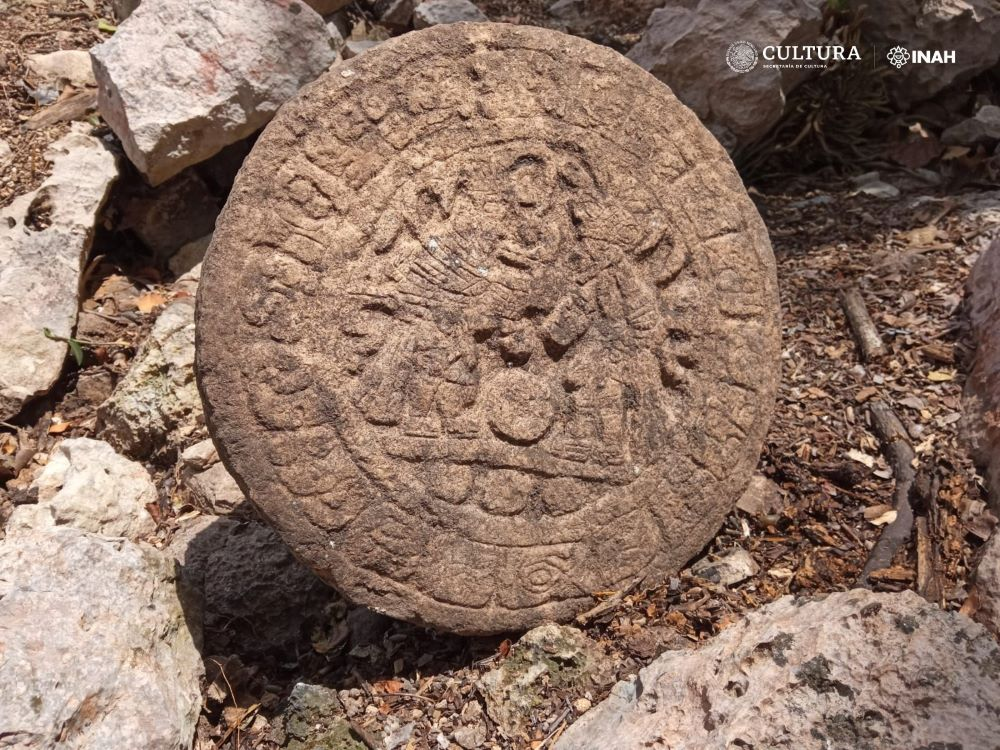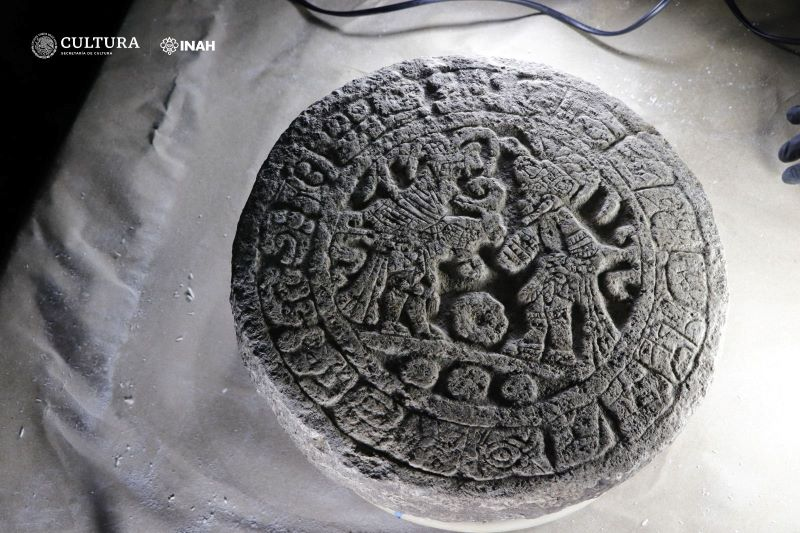
Discovering an Ancient Game Ball Scoreboard at Chichen Itza? Imagine stumbling upon a forgotten piece of history that offers a glimpse into a civilization's pastime. That's precisely what archaeologists have uncovered at Chichen Itza, the ancient Mayan city in Mexico. Hidden away for centuries, a meticulously crafted scoreboard used in the Mesoamerican ball game has been unearthed, providing valuable insights into the sport that captivated the Mayan people for centuries. This discovery is a fascinating window into a world that has long been lost to time, revealing the cultural and historical significance of the game which was more than just a form of entertainment. In this article, we'll take a deep dive into this extraordinary discovery, unravel the mysteries surrounding the Mayan ball game, and explore what this finding means for our understanding of ancient Mesoamerican civilization.
A carved stone dating back 1100 years has been identified as a scoreboard used in an ancient ball game similar to football by the Mayan civilization. This significant discovery was made in Mexico and provides a fascinating glimpse into the lifestyle of the Mayan Empire. The stone, weighing 40kg (88lb), was unearthed in the architectonic compound Casa Colorada, also known as the Red House, which is the best-preserved building in the vicinity of the central plaza in the pre-Columbian city of Chichen Itza.
Experts believe that the stone would have been placed on an archway at the entrance to the compound during the late 800s or early 900s. The stone was discovered buried face down, approximately half a meter beneath the surface, likely due to the collapse of the archway.

It is interesting to note how significant ball games were in Mayan society. While the analysis of the stone is still ongoing, it has already shown the importance of this game to the Mayan civilization. It is believed that these matches held importance beyond the game itself, similar to the wider role of sports in modern society. The game, known as “pelota”, was considered to be an essential aspect of the social and political life of the Mayan Empire. The artifact may even be a memorial to a match that took place in AD 894. The game was played with a rubber ball that players propelled using their hips, elbows, or knees. The game carried a symbolic significance, and it is thought that some pelota balls even contained the ashes of deceased Mayan rulers. Pelota is considered one of the world’s oldest team sports, still played by indigenous communities in parts of Central America today. However, the tradition of using balls made from the remains of politicians is no longer continued.
The circular stone carving found at the famed Mayan Chichen Itza archaeological site in Mexico’s Yucatan peninsula displays figures dressed in traditional pelota attire and is surrounded by a band of glyphic writing. The person on the left of the artwork, known as the Disc of the Pelota Players, is depicted wearing a feathered headdress and a sash featuring a flower-shaped element, believed to be a water lily. The figure on the opposing side is donning a ‘snake turban’ - a headpiece commonly seen at Chichén Itzá. The players wore protective clothing while playing the game. The stone's inscription may reveal the nature of the match and the final score, but the players' identities and the outcome of the game remain unknown.
The Yucatan Peninsula is home to Chichén Itzá, one of the biggest Maya towns. The central pelota court at Chichén Itzá is considerably larger than the one at Casa Colorada. It is believed that many matches were played there when it was at its busiest. The object, measuring just over 32cm (12.6 in) in diameter and weighing 40kg (88 lb), is being studied by INAH researchers who are preparing high-resolution images of the text and iconography, as well as conserving it. The Chichen Itza complex is a World Heritage Site declared by Unesco and is one of the main archaeological centers of the Mayan civilization in the Yucatan Peninsula. According to official data, approximately 2 million people visit the site every year.

The artifact will undergo further study and conservation by INAH researchers, who will take high-resolution images of the text and iconography for detailed analysis. The Chichen Itza complex, which is a World Heritage Site declared by UNESCO, is an important archaeological center of the Mayan civilization in the Yucatan Peninsula and attracts around 2 million visitors annually according to official data.
Source: INAH